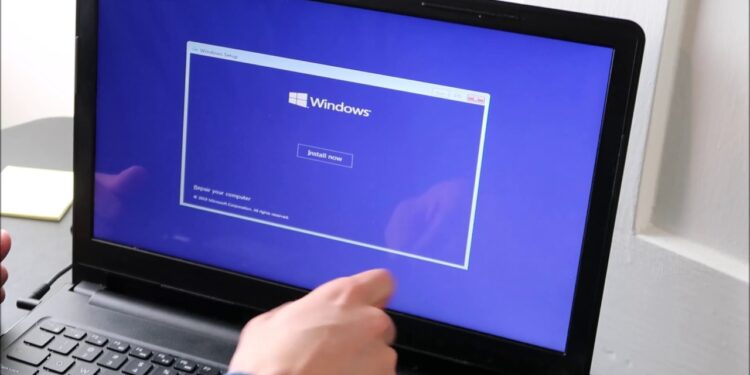We often hear the terms malware and virus used interchangeably, but there is a difference between the two. Malware is a catch-all term for any type of malicious software, while a virus is a specific type of malware. In this blog post, we’ll explore the differences between malware and viruses, so you can better understand how to protect your computer from both.
What is malware?
Malware is a type of malicious software that is designed to damage or disable computers. Malware can be used to steal personal information, hijack your computer, or spread viruses. Malware is often installed without your knowledge or consent.
Viruses are a type of malware that can replicate themselves and spread to other computers. A virus can corrupt files and cause your computer to crash. Viruses are often spread through email attachments or by downloading infected files from the Internet.
Spyware is a type of malware that gathers information about you without your knowledge or consent. Spyware can track your online activities and gather sensitive information like passwords and credit card numbers. Spyware can also slow down your computer and bombard you with pop-up ads.
Adware is a type of malware that displays advertisements on your computer. Adware can be installed without your knowledge or consent. Adware programs are often bundled with free software downloads.
Trojans are a type of malware that masquerades as legitimate programs in order to trick you into installing them. Trojans can allow hackers to gain access to your computer, Steal personal information, or damage your system.
What is a virus?
In computing, a virus is a type of malicious software program (“malware”) that, when executed, replicates itself by modifying other computer programs and inserting its own code. When this replication succeeds, the affected areas are then said to be “infected” with a virus.
Viruses are often spread by attachments in email messages or by instant messaging messages. They can also be spread by downloading infected files from the Internet or from removable media such as USB drives. Once a virus has successfully copied itself to a computer, it will often create new, hidden files and folders and attempt to modify existing application files. In many cases, it will also modify the Windows Registry.
One common way that viruses spread is by taking advantage of vulnerabilities in software applications. When a user runs an infected program, the virus code can execute and replicate itself. This can happen even if the user does not open the attachment or click on any links in the message; simply previewing the message in their email client can trigger the infection.
The difference between malware and a virus
Malware is a type of software that is designed to damage or disable computers and computer systems. A virus is a type of malware that is spread by replicating itself onto other computers or devices.
How to protect your computer from malware and viruses
Malware and viruses are both types of malicious software that can harm your computer. However, there are some key differences between them.
Malware is a catch-all term for any type of malicious software, including viruses. Viruses, on the other hand, are specific types of malware that self-replicate and spread by inserting themselves into other files.
Fortunately, there are some simple steps you can take to protect your computer from both malware and viruses.
Here are some tips:
-Install antivirus and anti-malware software and keep it up to date. This will help detect and remove malware and viruses from your computer.
-Don’t click on links or open attachments from unknown or untrustworthy sources. This is how many people accidentally end up downloading malware or viruses onto their computers.
– Hire a reputable computer repair service like Master Computer.
-Be cautious when downloading anything from the internet, even if it’s from a trusted source. Always scan downloaded files with antivirus software before opening them.
-Keep your operating system and other software up to date with the latest security patches. This helps close security holes that could be exploited by malware or viruses.
Conclusion
The main difference between malware and a virus is that malware is any type of malicious software that can cause harm to your computer, while a virus is just one type of malware. While viruses are certainly the most well-known type of malware, there are many other types of malware out there that can cause just as much damage. It’s important to be aware of the different types of malware so that you can protect your computer from them.















